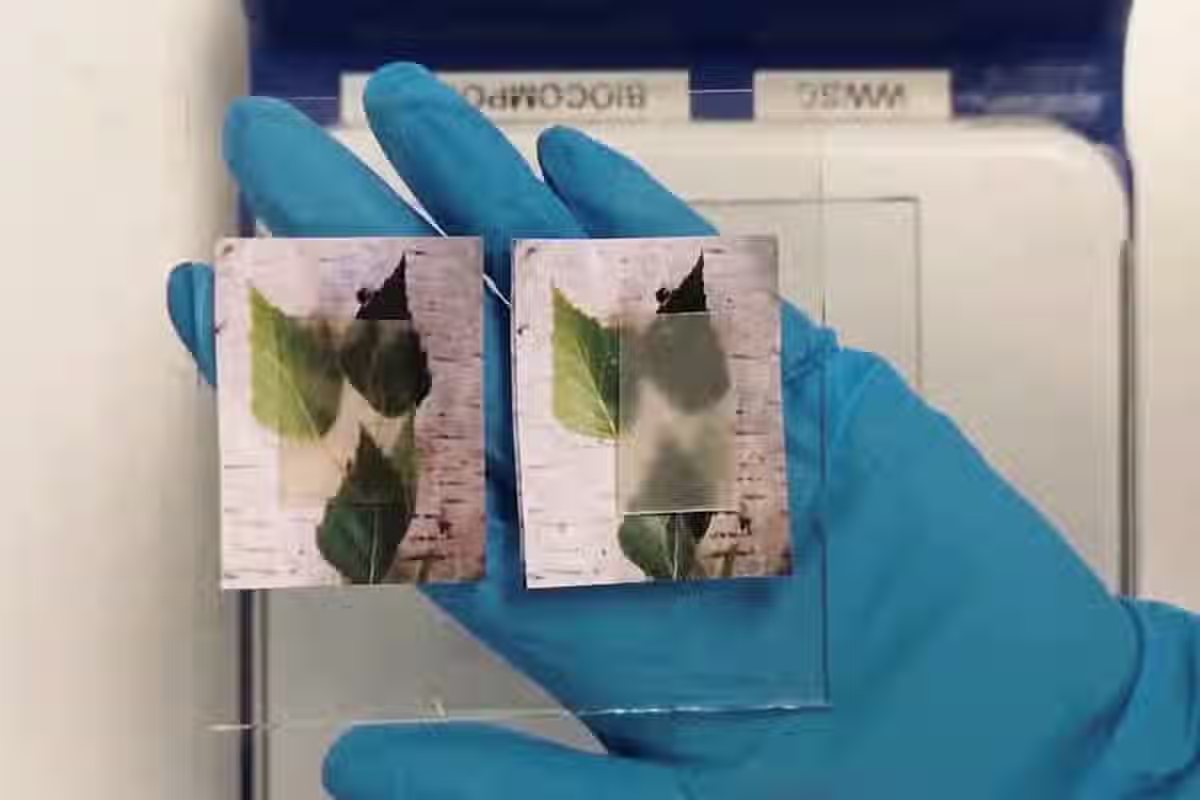September 1, 2025
A breakthrough in eco-friendly materials could soon change the way we think about windows. Scientists have unveiled a method for creating semi-transparent wood using mostly natural ingredients, potentially offering a green, renewable alternative to glass.
Reimagining Wood for the Modern Era
A research team spearheaded by a chemistry professor with a passion for woodworking has tackled a long-standing challenge: creating transparent wood without relying on plastic-based resins. Inspired by an ancient building technique that used sticky rice and egg whites as natural binders, the team developed a novel method that replaces synthetic additives with natural, biodegradable ingredients.
The process begins by stripping away the lignin and hemicellulose—the parts of wood that give it color and opacity—leaving a lightweight, porous cellulose framework. This scaffold is then infused with a mixture derived from egg whites and rice extract, along with a curing agent that ensures durability without compromising transparency.
The result: flexible, durable slices of wood that allow light to pass through while maintaining strength—a promising candidate for energy-efficient windows.
Cooler Interiors with Natural Panes
To test the material’s real-world potential, the researchers retrofitted a birdhouse with their transparent wood window and exposed it to harsh heat from a lamp. Remarkably, interior temperatures were 9 to 11 degrees Fahrenheit lower compared to an identical structure with a traditional glass window. This suggests that, beyond aesthetics, transparent wood could offer superior thermal insulation.
Adding Functionality with Conductivity
In further experimentation, the team embedded silver nanowires into some wood samples, transforming them into electrically conductive panels. Although silver isn’t biodegradable, the researchers are already exploring alternatives like graphene to preserve the material’s natural integrity—pointing to applications in wearable technology and solar energy.
Why It Matters
Climate-conscious construction: Transparent wood blends functionality with sustainability, offering strong performance while reducing reliance on energy-intensive and carbon-heavy glass production.
Energy efficiency: Its superior insulating properties may reduce heating and cooling demands—a vital benefit as buildings account for a large share of global energy use.
Multifunctional potential: This wood could one day serve as durable, translucent building materials or form the basis of eco-friendly, flexible electronics.
Snapshot
| Feature | Highlight |
|---|---|
| Materials Used | Cellulose frame + rice and egg white composite |
| Transparency | Light-permeable while durable and flexible |
| Thermal Performance | 9–11°F cooler than glass in heat tests |
| Additional Functionality | Conductivity possible via embedded nanowires |
| Applications | Windows, sensors, eco-friendly electronics |
















Leave a Reply